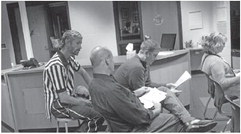Dean of students plan working as promised


Star News
Editorials
After two full months of the school year, the shared dean of students administ...


Star News
Editorials
After two full months of the school year, the shared dean of students administ...